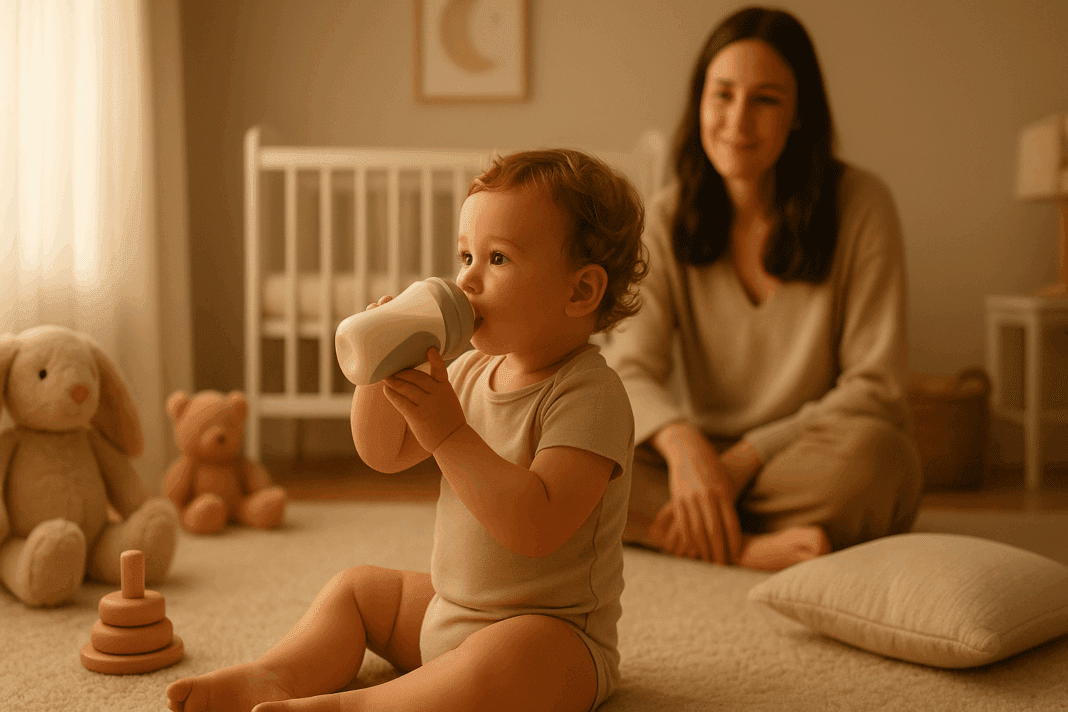When it comes to childhood nutrition, parents naturally want to make the best decisions for their growing children, especially during the critical early years. A toddler milk bottle, often used for both formula-fed and milk-drinking toddlers, plays a surprisingly important role in shaping a child’s health habits, nutritional intake, and even dental and developmental milestones. Far from being a simple feeding tool, the milk bottle becomes part of a larger conversation about proper hydration, balanced nutrition, emotional comfort, and healthy routines. This article dives deep into how to choose the right toddler milk bottle, the science behind different designs, and how such decisions affect the nutritional and emotional development of children during early life.
You may also like: The Ultimate Guide to Choosing the Best Sippy Cup for Healthy Hydration and Growing Kids
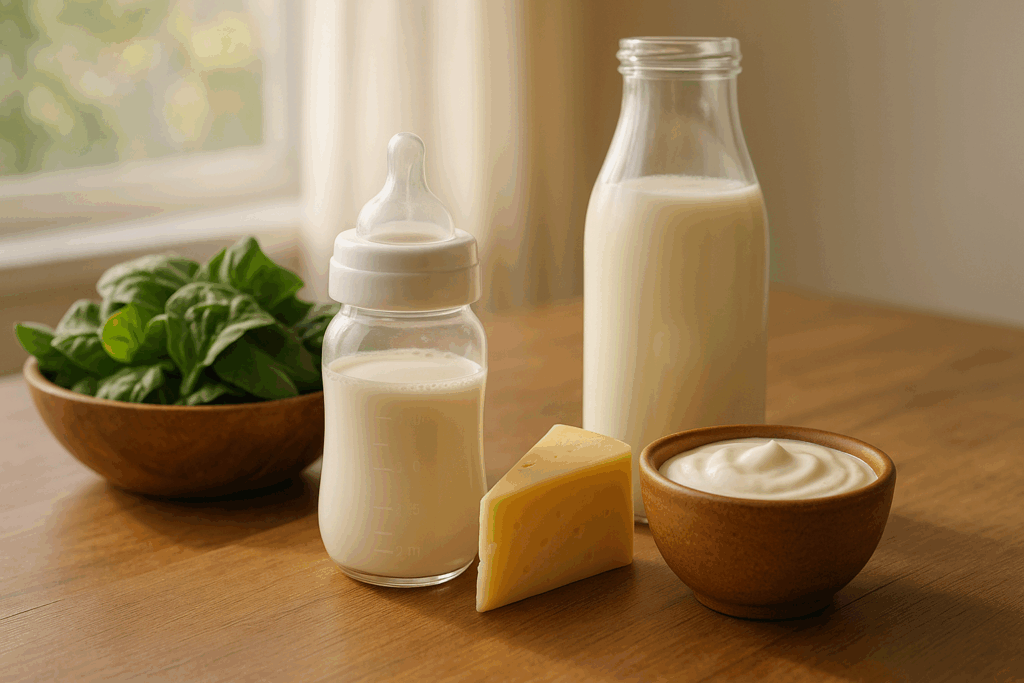
Understanding Toddler Nutrition and the Role of Milk
Milk remains a vital part of a young child’s diet because it provides essential nutrients such as calcium, vitamin D, and protein—all of which are necessary for strong bone development, healthy muscle growth, and immune function. While whole milk is generally introduced around a child’s first birthday, the way in which it is offered can influence not just consumption but long-term habits. For toddlers who are transitioning from breastfeeding or infant formula, the toddler milk bottle offers a bridge to independent drinking. It’s not just about nutrition; it’s about comfort, familiarity, and consistency during a period of rapid change and development.
However, parents often face a dilemma when a 2 year old is still drinking milk from a bottle, raising questions about dependency, oral development, and nutritional balance. Prolonged bottle use can be linked to delayed oral motor development and increased risk of dental issues. Nevertheless, it is important to note that many toddlers are emotionally attached to their bottles, especially when a 2 year old is still on the bottle at night. In such cases, bottles serve not only as feeding tools but also as transitional comfort objects.
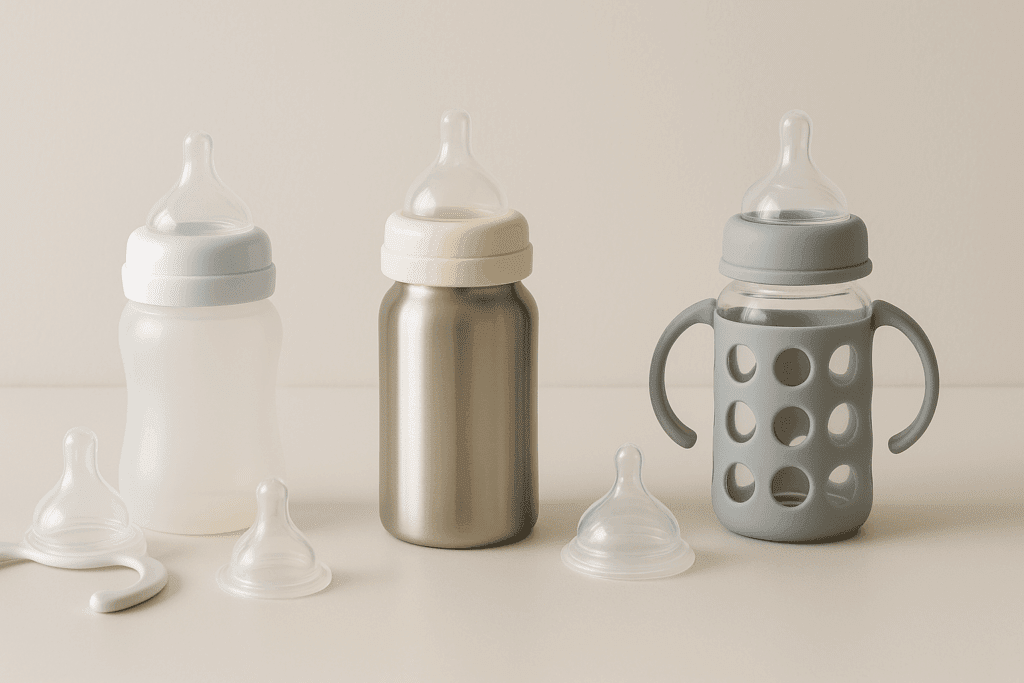
Key Factors to Consider When Choosing a Toddler Milk Bottle
Choosing the right toddler milk bottle is more complex than simply picking one off the shelf. Parents need to consider a range of factors including material safety, nipple flow rate, bottle shape, grip design, and ease of cleaning. The material of the bottle is a key consideration. BPA-free plastic is lightweight and durable but may not be as long-lasting as stainless steel or glass options. Glass bottles are eco-friendly and free from harmful chemicals, but they require protective silicone sleeves to prevent breakage.
Another major consideration is the nipple design. Nipple flow should be age-appropriate—too fast and it may increase the risk of choking or overfeeding; too slow and it may cause frustration. Anti-colic features, which include venting systems to reduce air intake, can be a game changer for toddlers with sensitive digestive systems. A good toddler milk bottle will be ergonomically designed to promote self-feeding and reduce the likelihood of spills. Handles or textured sides help toddlers develop motor skills and gain feeding independence.
Hygiene is another vital concern. Bottles with multiple components can harbor bacteria if not cleaned thoroughly. Dishwasher-safe parts and easy-to-dismantle designs reduce the workload for parents while enhancing overall safety. Additionally, compatibility with various accessories, such as transition spouts and silicone straws, adds versatility to the bottle and supports the toddler’s development.
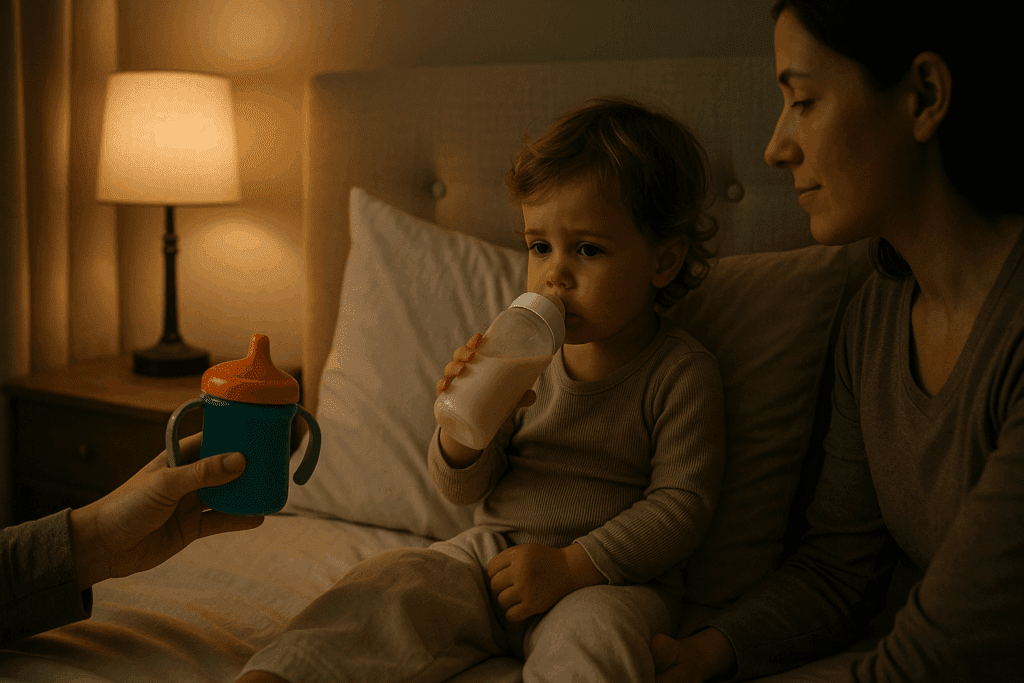
Addressing the Challenges of a 2 Year Old Still Drinking Milk from a Bottle
It is quite common for a 2 year old to still be drinking milk from a bottle, particularly in households where the bottle is associated with sleep routines or comfort. While this isn’t necessarily harmful in the short term, it does pose several risks if extended without boundaries. Prolonged bottle use beyond the age of two may interfere with speech development, as toddlers become less motivated to articulate when they are sucking on bottles for extended periods. It also increases the risk of iron deficiency anemia if milk consumption displaces other iron-rich foods.
Encouraging toddlers to transition away from the bottle involves patience and consistency. Parents can start by gradually replacing bottle feedings with sippy cups or open training cups, particularly during the day. Reserve the toddler milk bottle only for night-time use initially and slowly wean from that as well. Creating a positive, stress-free atmosphere around meal and snack times will help children feel more secure about change. In some cases, consulting with a pediatrician or pediatric dietitian can provide tailored advice for children with specific nutritional or behavioral needs.
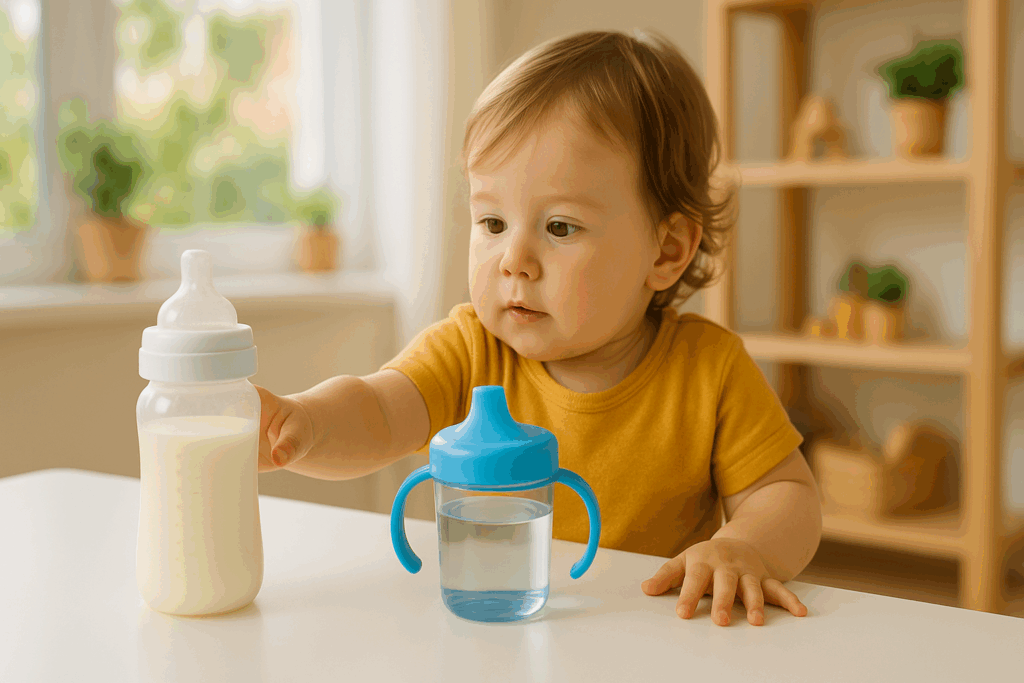
Why the Right Toddler Milk Bottle Matters for Healthy Hydration
Hydration plays a crucial role in overall health and development, yet many parents underestimate its significance during the toddler years. While water becomes increasingly important after the first year, milk continues to contribute significantly to fluid intake. Choosing the right toddler milk bottle encourages adequate hydration by making drinking more enjoyable and accessible. An ergonomically designed bottle with a soft, comfortable spout may encourage reluctant drinkers to consume more fluids throughout the day.
Temperature regulation is another often-overlooked aspect. Some toddler bottles are designed with double-wall insulation to keep milk at a consistent temperature for longer periods. This can be especially helpful for on-the-go families or those who travel frequently. Offering milk that is too warm or too cold can discourage drinking and disrupt routines. By contrast, a reliable bottle that maintains optimal temperature can support regular hydration habits and promote a sense of predictability for the child.
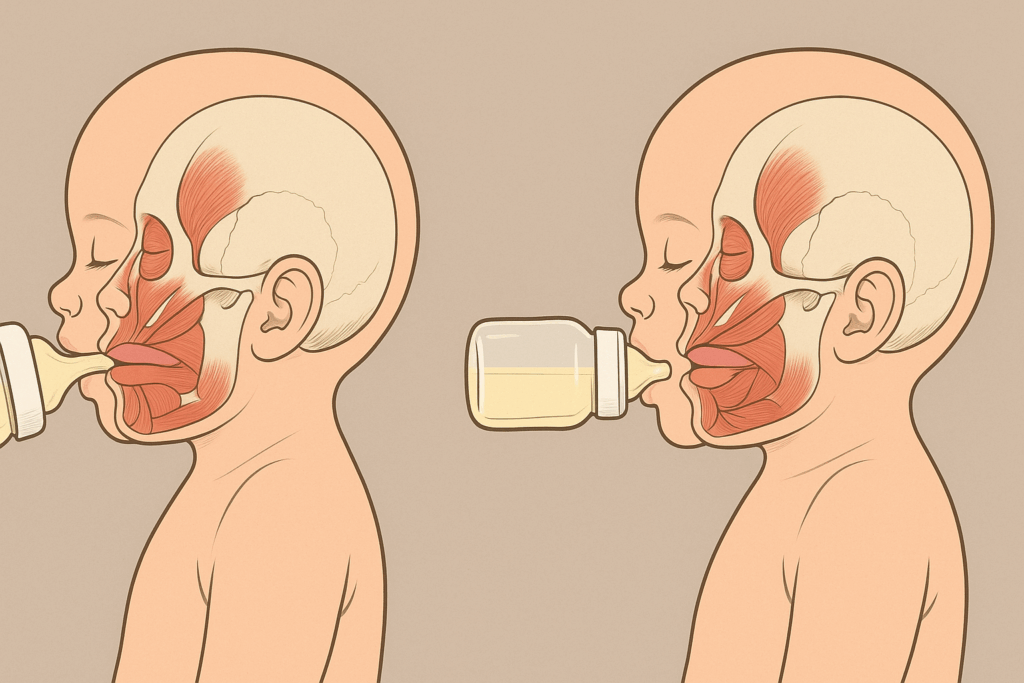
How Bottle Design Influences Oral and Facial Development
The design of a toddler milk bottle can have profound effects on the development of oral and facial muscles. Prolonged bottle-feeding with poorly designed nipples can lead to tongue thrusting, open bites, and other orthodontic concerns. Pediatric dentists often recommend using orthodontic nipples or transitioning to cups around the age of one to promote natural muscle development.
An ideal toddler milk bottle should mimic the natural shape and motion of breastfeeding as much as possible. This encourages proper tongue placement and jaw movement. Orthodontic nipples that flatten during sucking can minimize undue pressure on the developing oral cavity. Additionally, switching to a cup with a spout or straw helps exercise the facial muscles in new ways, contributing to clearer speech and stronger chewing abilities.
Parents concerned about the implications of a 2 year old still on a bottle at night should consider how nighttime feeding habits may contribute to dental decay, particularly when milk residue is not brushed away. Weaning strategies should include dental hygiene routines and limit bottle use to specific times to support healthy oral development.
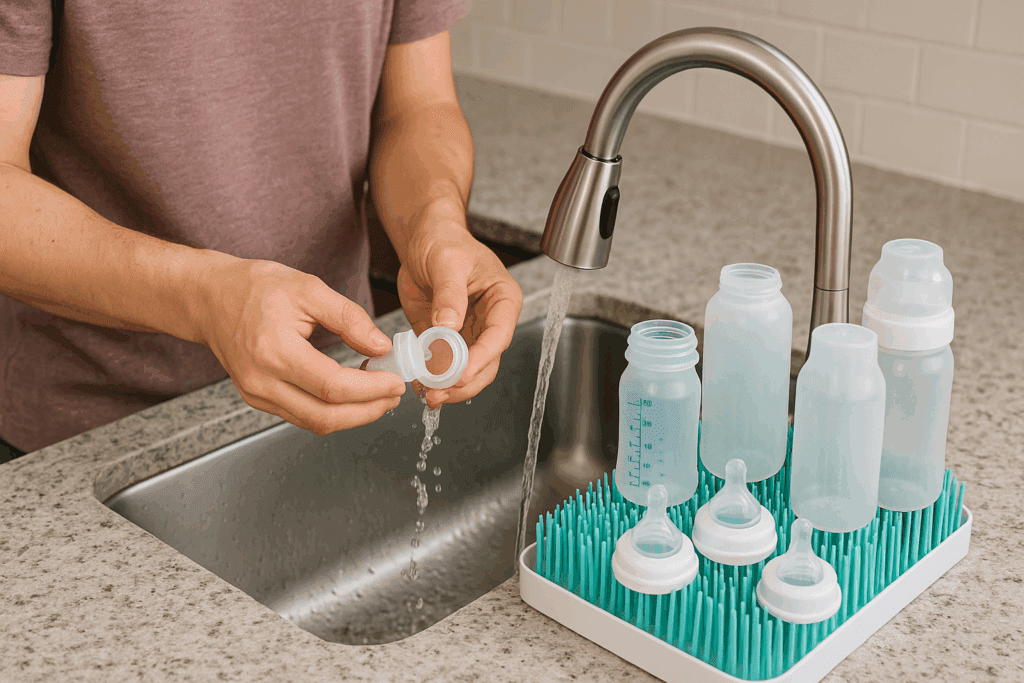
Toddler Milk Bottle Safety: Materials, Maintenance, and Best Practices
The materials used in toddler milk bottles can vary widely, and understanding their pros and cons helps parents make informed decisions. BPA-free plastic is still the most common choice due to its affordability and availability. However, glass offers a purer material with fewer chemical concerns, though it is heavier and more fragile. Stainless steel provides a durable, eco-friendly option that is both lightweight and shatterproof, but it is typically more expensive.
Beyond materials, parents should also be vigilant about maintaining bottle hygiene. Regular inspection for cracks, discoloration, or warped parts is essential. These defects can harbor bacteria or compromise the safety of the bottle. All parts, including nipples, valves, and caps, should be disassembled and thoroughly cleaned after each use. Some manufacturers offer sterilizers or UV sanitizers specifically designed for toddler feeding equipment, which can be beneficial for households with heightened hygiene concerns.
Understanding when to replace a toddler milk bottle is just as important as choosing one. Wear and tear from daily use can lead to unnoticed hazards. Generally, nipples should be replaced every two to three months or sooner if signs of damage are present. Bottles may last longer but should be discarded if any structural weakness is observed. Safety-conscious choices not only ensure immediate health but also establish long-term habits in children regarding food hygiene and care.
Integrating the Toddler Milk Bottle into a Balanced Routine
Establishing consistent routines is central to a toddler’s sense of security and well-being. Integrating the toddler milk bottle into these routines, especially during transitions such as waking up, bedtime, or returning from daycare, can provide comfort and predictability. However, it is essential to balance emotional reliance with developmental progression. Using the bottle as a tool for bonding rather than a crutch for soothing distress ensures that its role remains constructive.
Nutritionists recommend scheduling milk feedings as part of a broader dietary plan. This means aligning bottle feedings with snack or meal times rather than allowing unregulated, on-demand access. Structured routines help prevent over-reliance on milk and promote a more varied diet. They also minimize the risk of a 2 year old still drinking milk from a bottle too frequently, which can interfere with appetite for solid foods.
Sleep associations are particularly important to address. A 2 year old still on a bottle at night may come to depend on milk as a sleep cue. Gradually shifting this habit to include other comforting bedtime rituals, such as reading a book or singing a lullaby, helps reduce dependency while still honoring the child’s need for security. Toddlers are more adaptable than often assumed, and small, consistent changes can yield significant developmental gains.
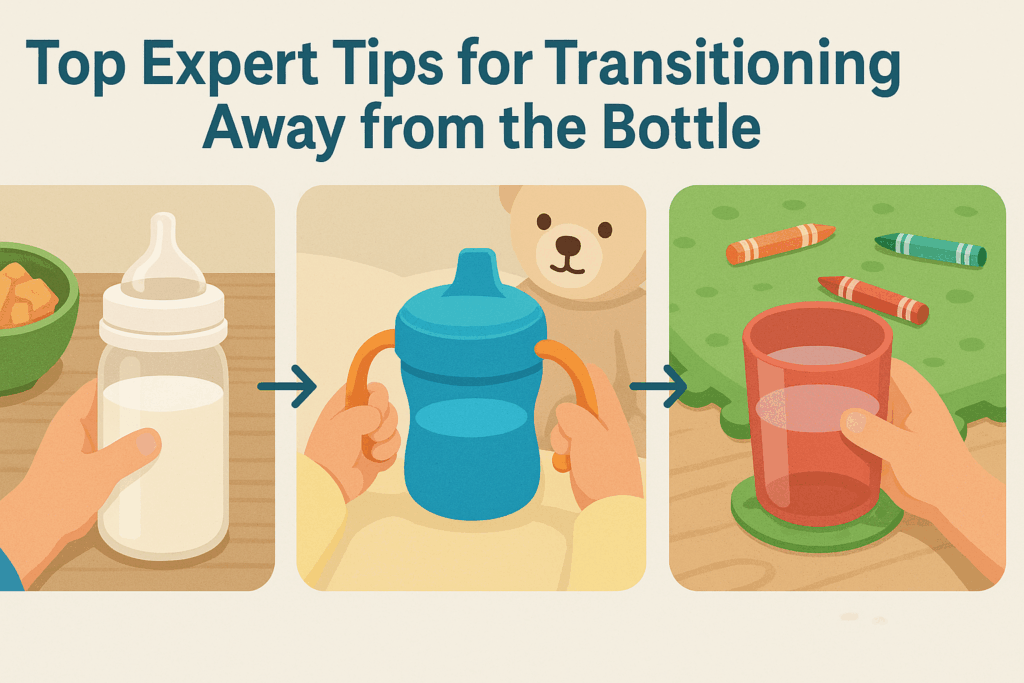
Top Expert Tips for Transitioning Away from the Bottle
Transitioning away from the toddler milk bottle is a milestone that requires empathy, consistency, and strategy. Experts suggest starting the process gradually, perhaps beginning with daytime transitions to cups while retaining the bottle at bedtime. Offering choices—such as letting the child select their new cup—can empower toddlers and make them feel more involved in the change.
Modeling behavior is another powerful tool. Parents and older siblings who drink from cups provide tangible examples for toddlers to emulate. Role-playing with dolls or stuffed animals can also reinforce positive associations with cups. Praise and encouragement go a long way in reinforcing new behaviors. Celebrate small victories, such as finishing an entire cup of milk, to build confidence.
For those concerned about a 2 year old still drinking milk from a bottle, it is important to avoid punitive measures or abrupt changes that could create anxiety. A supportive approach that acknowledges the child’s emotional attachment while guiding them toward more developmentally appropriate habits is far more effective. Seeking guidance from pediatricians or child development specialists can provide personalized solutions for families facing resistance or unique challenges.
Navigating the Emotional and Cultural Dimensions of Bottle Feeding
Bottle feeding is not just a nutritional act; it is deeply entwined with emotional and cultural contexts. In many cultures, the act of feeding a child with a bottle is a symbol of care and bonding. Thus, decisions about the toddler milk bottle often go beyond medical or developmental guidelines and reflect family values, generational traditions, and caregiving styles.
Understanding this complexity is crucial for healthcare providers and parenting advisors. Instead of issuing blanket statements about when to stop bottle use, guidance should be individualized and respectful of each family’s context. For instance, in some cultures, extended bottle use may be normalized and even encouraged, while in others, early weaning is the standard. A sensitive, culturally attuned approach supports better outcomes by aligning recommendations with the family’s lived reality.
The emotional significance of bottle feeding should also not be underestimated. Many parents report that the toddler milk bottle offers a precious moment of closeness, especially in households where caregivers work long hours. For the child, the bottle may symbolize love, safety, and routine. Helping families find new ways to preserve these emotional bonds—such as cuddling during cup feedings or creating bedtime rituals—can ease the transition and maintain the nurturing connection.
The Toddler Milk Bottle and Nutritional Milestones in Early Childhood
From a nutritional perspective, the toddler milk bottle can be a vehicle for achieving important milestones—but only if used mindfully. After the first year, toddlers require a balanced diet that includes fruits, vegetables, whole grains, protein sources, and dairy. While milk remains a critical part of this equation, over-reliance on bottle feeding can lead to imbalances. For example, excessive milk intake may crowd out other nutrient-dense foods, leading to deficiencies in iron, zinc, and fiber.
Monitoring intake is therefore essential. Pediatric guidelines recommend limiting milk consumption to 16-24 ounces per day for toddlers. This amount ensures adequate calcium and vitamin D intake without compromising appetite for solids. Using the toddler milk bottle within these boundaries allows it to be a helpful tool rather than a hindrance. Parents should also consider the nutritional quality of the milk itself—whether it is whole milk, fortified plant-based milk, or toddler formula—to align with dietary needs and family preferences.
The toddler years also mark a period of increasing independence, and feeding methods should support this growth. Offering milk in open cups or transition bottles can reinforce skills such as coordination and self-regulation. By aligning bottle usage with broader developmental and nutritional goals, parents can foster habits that serve their children well into later childhood and beyond.
Frequently Asked Questions About Toddler Milk Bottle Use and Healthy Transitions
What are the psychological effects of prolonged toddler milk bottle use?
Extended use of a toddler milk bottle can subtly influence a child’s emotional and cognitive development. Beyond its role in feeding, the bottle often becomes a source of security, especially during moments of stress, separation, or sleep transitions. When a 2 year old is still drinking milk from a bottle, it may signal a reliance on the bottle not just for nutrition but for self-soothing. While this behavior isn’t inherently harmful in the short term, over time it can delay the development of self-regulation strategies. Parents may benefit from gradually introducing alternative comfort routines—such as storytelling or calming music—to help the child build resilience without depending on the bottle.
How can cultural values influence decisions around toddler milk bottle weaning?
Cultural attitudes toward parenting, feeding, and child independence significantly affect decisions around toddler milk bottle use. In many families, bottle feeding is closely linked with nurturing and parental affection, making weaning a more emotionally charged process. For example, in multigenerational households, grandparents may advocate for keeping the bottle longer based on tradition or past experiences. When a 2 year old is still on a bottle at night, the decision may reflect deeply rooted family norms rather than resistance to change. Recognizing and respecting these cultural dimensions while incorporating evidence-based guidance helps bridge the gap between professional recommendations and family expectations.
Is it okay for a 2 year old to still be drinking milk from a bottle during travel or stressful transitions?
Yes, during times of disruption such as travel, hospitalization, or family changes, reverting to familiar comforts like a toddler milk bottle can be soothing and stabilizing. A 2 year old still drinking milk from a bottle may find emotional grounding in routines that feel familiar, especially in unfamiliar environments. However, it is wise to maintain boundaries and return to weaning goals once the stressful period subsides. Travel-friendly sippy cups that mimic the bottle’s comfort features can serve as transitional tools. Maintaining flexibility without abandoning long-term developmental goals ensures emotional safety while supporting gradual independence.
Can a toddler milk bottle be adapted for use with nutritious beverages other than milk?
Absolutely. While milk is the traditional choice, a toddler milk bottle can also be used for nutrient-rich beverages like diluted smoothies, fortified plant-based milks, or water with trace minerals. This versatility supports hydration and dietary variety. However, it is important to ensure that the beverage is age-appropriate and doesn’t promote overconsumption of sugar. When a 2 year old is still on bottle at night, offering a low-sugar, calcium-enriched alternative could support oral health while still meeting the child’s comfort needs. Always consult a pediatrician before introducing new drinks to ensure they align with the child’s nutritional requirements.
What are signs that it’s time to retire the toddler milk bottle entirely?
Several indicators can suggest it’s time to fully transition away from the toddler milk bottle. These include the child resisting solid foods in favor of milk, frequent nighttime awakenings just to drink from the bottle, or speech delays linked to extended sucking. If a 2 year old is still drinking milk from a bottle and begins showing reluctance toward open cups or mealtime participation, this may highlight overdependence. Behavioral cues such as tantrums when the bottle is withheld or using the bottle for comfort after every upset also signal a need for change. Observing these patterns helps parents time the transition in a developmentally appropriate and emotionally supportive way.
How can nighttime bottle use affect sleep hygiene and dental development?
When a 2 year old is still on bottle at night, it may seem like a helpful sleep aid, but long-term, it can interfere with sleep quality and oral health. Sucking on a bottle during the night can cause shallow sleep associations, meaning the child may wake more frequently when the bottle is absent. Additionally, prolonged exposure to milk sugars during sleep can lead to early childhood cavities, especially if brushing isn’t done after feeding. Parents can mitigate these risks by offering water at night instead or using a pacifier to soothe the child. Pairing this shift with a consistent bedtime routine strengthens sleep associations unrelated to feeding.
What are the latest innovations in toddler milk bottle design?
Modern toddler milk bottles now incorporate features that support both health and convenience. Innovations include built-in temperature indicators, anti-backflow valves to reduce ear infections, and modular systems that evolve with the child’s needs. Some bottles now use medical-grade silicone that resists bacterial buildup better than traditional materials. For a 2 year old still drinking milk from a bottle, these advanced designs can offer a safer, more hygienic experience while simplifying the transition process. Brands are also focusing on environmental sustainability, producing reusable components and recyclable materials that appeal to eco-conscious parents.
How does bottle usage impact long-term eating behaviors?
Children who rely on bottles longer than recommended may develop limited palates or aversions to textured foods. A toddler milk bottle offers immediate gratification with minimal effort, which can discourage exploration of solid foods. When a 2 year old is still on bottle at night, they may consume less during the day, reducing exposure to essential nutrients from fruits, vegetables, and proteins. Over time, this can impact eating habits, portion regulation, and even weight management. Introducing utensils and cup-drinking alongside fun, interactive meals can rekindle curiosity about food and balance nutritional intake.
What are some alternative bedtime comfort methods when phasing out the bottle?
Phasing out the toddler milk bottle, especially during bedtime, requires thoughtful substitutes that meet the child’s emotional needs. Options include creating a calming sleep environment with dim lighting and soft music, introducing a bedtime story ritual, or offering a special sleep toy. A weighted blanket or child-safe essential oils (like lavender) may also help with relaxation. For a 2 year old still on bottle at night, transitioning to a cup of warm milk paired with a snuggly bedtime item can preserve the soothing experience without reinforcing dependency. Over time, these alternatives become just as comforting as the bottle itself.
How can I involve my toddler in the transition away from the milk bottle?
Empowering toddlers with choice can make the weaning process more cooperative and less combative. Letting them pick out their new cup, choose a sticker to decorate it, or even help wash it encourages ownership of the change. A 2 year old still drinking milk from a bottle may respond positively to reward charts or consistent praise for using a grown-up cup. Parents can also involve toddlers in pretending to feed dolls or stuffed animals with cups instead of bottles, normalizing the new method. The more involved the child feels in the transition, the more likely they are to embrace the new routine.
Conclusion: Supporting Healthy Growth and Habits with the Right Toddler Milk Bottle
Choosing the right toddler milk bottle is a deceptively complex decision with far-reaching implications for a child’s nutritional health, emotional well-being, and developmental progress. Whether a parent is concerned about a 2 year old still drinking milk from a bottle or navigating the challenges of a 2 year old still on a bottle at night, thoughtful strategies rooted in science and compassion can make all the difference. By prioritizing safe materials, ergonomic designs, and structured routines, families can ensure that bottle feeding remains a beneficial, transitional phase rather than a prolonged dependency.
Equally important is recognizing the emotional and cultural layers of bottle feeding. This awareness fosters a more respectful and personalized approach to weaning, one that honors family traditions while supporting optimal child development. With the right information and support, parents can make empowered decisions that reflect both expert guidelines and their child’s unique needs.
Ultimately, the toddler milk bottle should be seen as a supportive tool—one that facilitates essential nutrients, hydration, and comfort during a formative period of growth. When chosen thoughtfully and used mindfully, it contributes meaningfully to the well-being of growing kids, setting the foundation for a lifetime of healthy habits and positive nutritional relationships.
Further Reading:
Best Milk Bottle For Toddler 12 – 36 Months
The Complete Guide to Choosing the Right Baby Bottle
Your guide on choosing the right baby bottle for each stage of your babies growth


